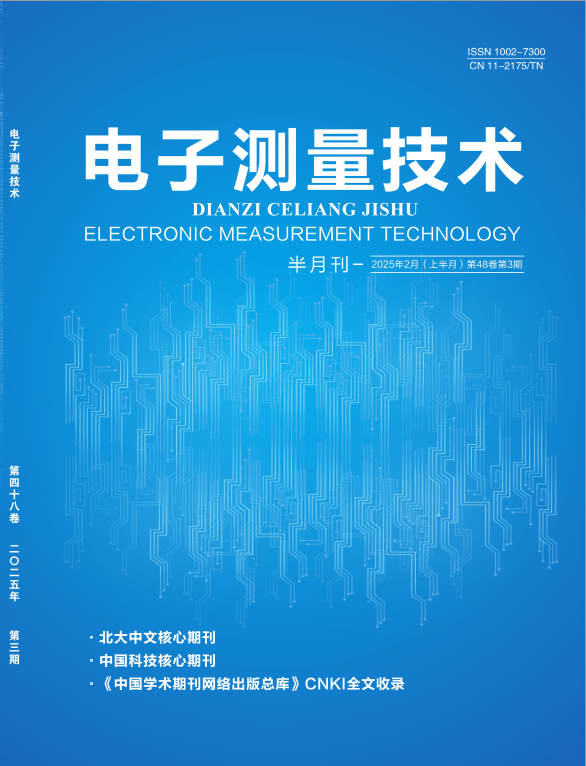2024, 47(14):127-138.
Abstract:Aiming at the problems of omission, misdetection and low detection accuracy of pedestrian crossing guardrail detection in the complex scenarios of occlusion, dense multi-target situations as well as multiple people overtopping, a multi-scale feature fusion and enhancement algorithm for pedestrian overtopping guardrail detection is proposed. Firstly, an algorithm based on Dual Vision Transformer and SCConv, which is applied to the backbone network, enhances the capture of global context information and finer-grained information, and improves the local fine feature extraction and feature fusion capability of the network; second, a multi-scale feature fusion enhancement module AM-SPPFCSPC is proposed, which compensates for the feature loss caused by maximal pooling, improves the feature map. The richness and completeness of the feature map is improved, and the multiscale feature extraction and feature fusion capability is enhanced; in addition, the feature fusion layer is further refined by replacing the ordinary convolution with GSConv and designing the VOV-GSCCSP module based on GSConv and SCConv, which effectively reduces the computational cost and the complexity of the model, while maintaining a higher degree of accuracy; finally, a highly efficient multi-scale feature fusion module, AM-SPPFCSPC, is introduced in the trunk to reduce the complex background and the complex background and the complex background and the complex background. Attention EMA, which reduces the interference of irrelevant targets in the complex background and fuses the multiscale information to achieve richer feature aggregation. The experimental results on the homemade pedestrian over guardrail dataset show that the proposed algorithm in this paper achieves 93.6% mAP with the addition of fewer parameters, which is 4.5% higher than that of the original model, and has a detection speed of 108.5 FPS, which improves the problems of leakage, false detection and low detection accuracy, while still having a high real-time performance, and is more suitable for real-time detection of pedestrians crossing the guardrail.
